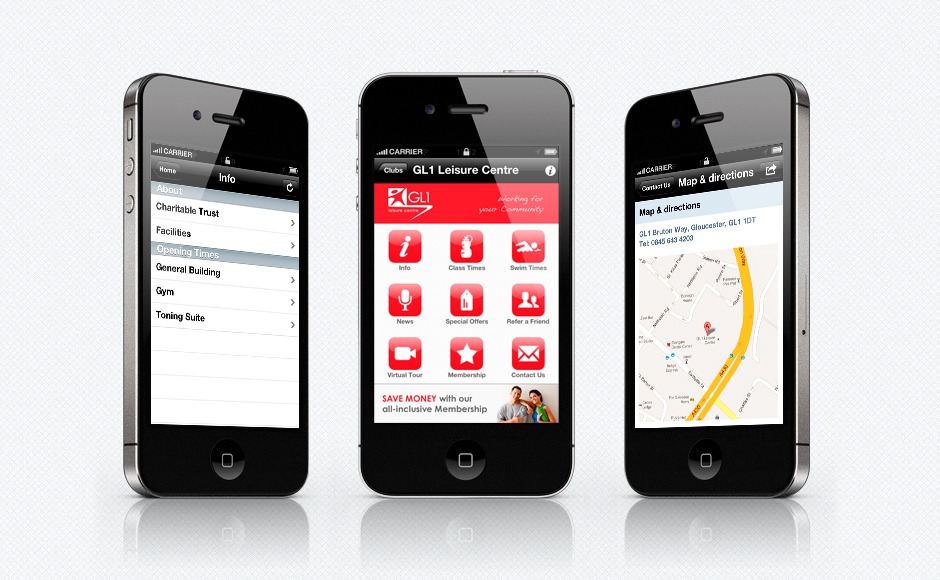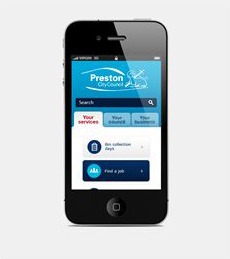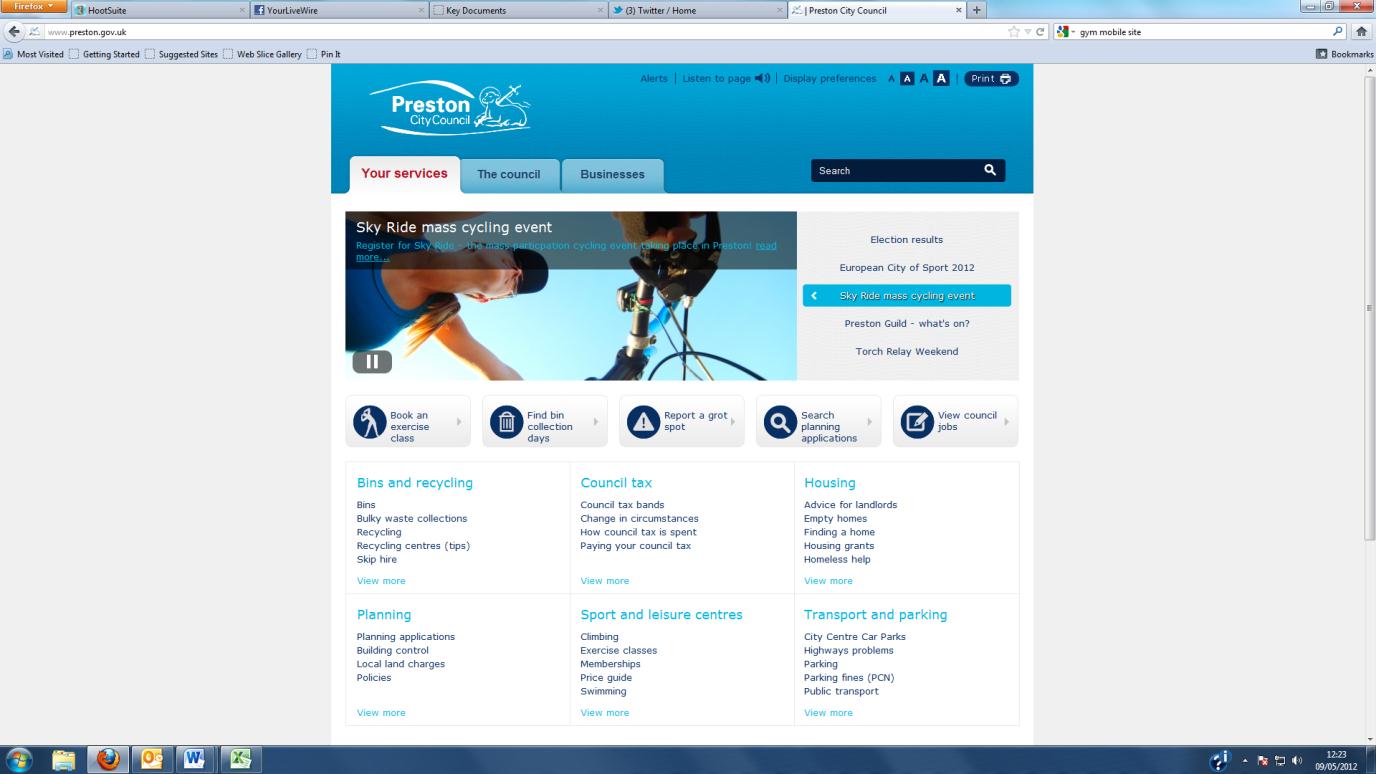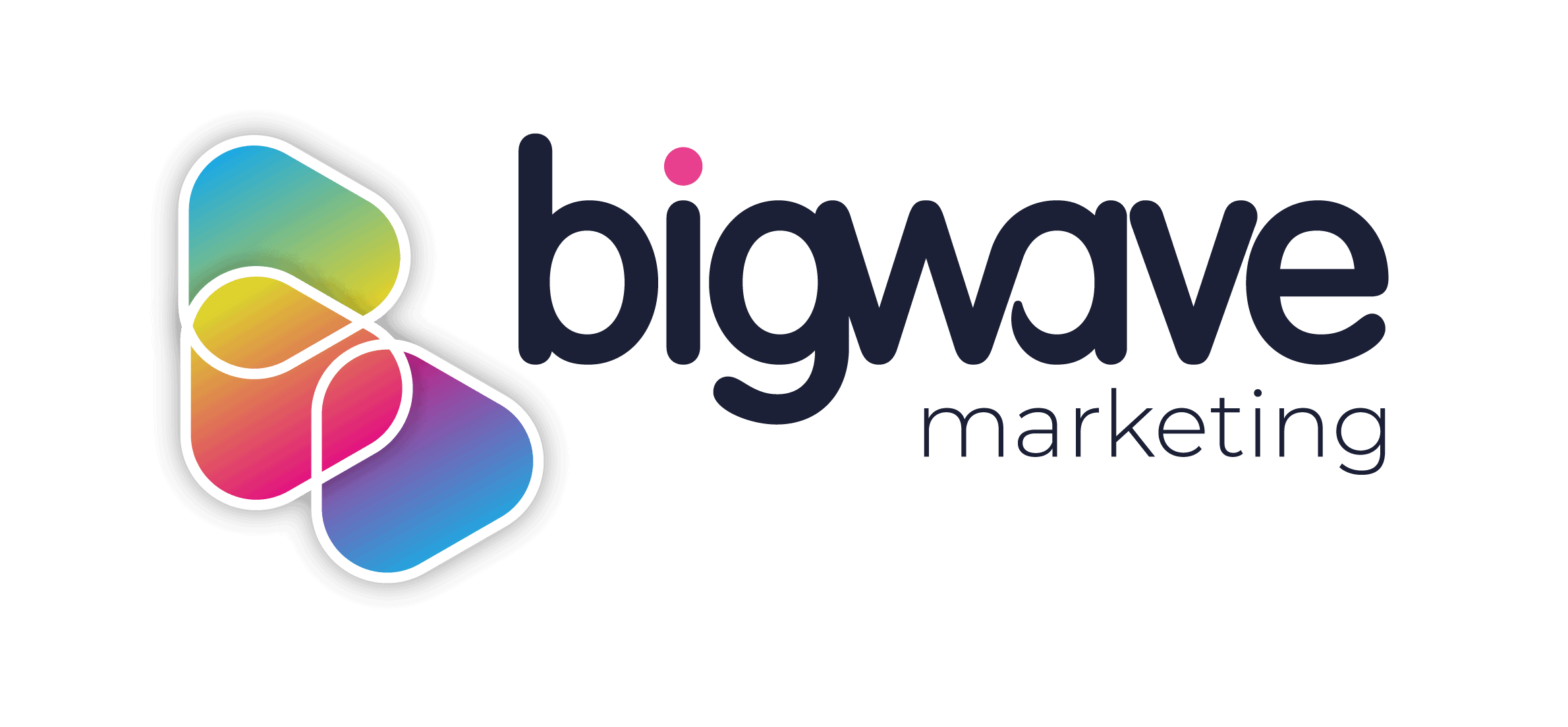Smartphones have revolutionised the way we communicate in recent years and as the technology improves and becomes more affordable, more people have been able to buy into it. And buy into it they have – approximately 145 million smartphones have been shipped to market in 2012 so far.

Between March 2011 and March 2012, the number of messages seen through mobile devices rose by 82.4% . This suggests that more people are using their smartphones to perform tasks such as reading and responding to e-mails, social media and shopping that, until recently, were only available through PCs or laptops.
Smartphone users spend on average 5 hours a week browsing the web on their phone and even more time on mobile applications . It can be assumed that this is often done in ‘spare time’, such as during a train journey or on a lunch break, which would suggest that users are probably more ‘sticky’ – spending longer on each site.
This presents several interesting and potentially lucrative opportunities to marketers; here are 5 suggestions:
1. The most obvious is the creation of an ‘app’. The content and appearance of this would be similar to that of a mobile website; however the member would have instant access to it through a branded button on their homescreen. Apps are extremely popular with smartphone users and tend to be used more than web browsing. For example, many smartphone users download the Facebook app instead of using the mobile version of the website. It offers a better experience for frequent activity, which makes the small time investment of searching for and downloading the app worthwhile. It also adds value by tying into the phone’s mobile capabilities, such as making it easy to take a photo and instantly share it with friends.
Bigwave Media has recently created an app for one of our clients, aspire Sports and Cultural Trust. Download the app for yourself here.

2. You could also set up a mobile version of your website. This involves changing the website so it is more compatible with mobile browsers; often configuring the design into one column like the example below. As well as simplifying the design, content is often condensed on mobile sites to make it faster to load. Having a mobile version is advantageous for members as it makes it easier to access content, for example timetables, latest news or booking forms.


3. For a more immediate and less costly foray into mobile technology, QR codes are a good place to start.
QR codes are similar to barcodes – symbols with data encoded in them, most often for a webpage. Smartphones often have QR scanners or the capability to download a scanner. Users scan the code with their phone camera and it links them directly to the encoded webpage. More and more often, QR codes are being placed on traditional marketing materials such as leaflets and posters to provide a link to further information online.
Click here for some creative ideas and advice on how to use QR codes.
4. With 8 trillion text messages sent globally in 2011, text messaging remains one of the most popular methods of communication.
SMSonline is a system that Bigwave Media have developed to enable clients to utilise text messages to communicate with members. This system enables businesses to send text messages either from the company or from a specified number to any number of people at once. This function could be used for marketing; and the ability to narrow down the database by age, gender or interests, for instance, allows users to target specific groups of people with different campaigns. Users could also use the system to send out information, such as changes in opening times or prices; or confirmation and reminders of bookings and appointments.
5. Most smartphones have GPS and social networks such as Facebook and Foursquare have taken advantage of this. Users can ‘check-in’ to their location and share it with their friends and followers.
Businesses have started to use this feature as a promotional tool. For example, offering a gift or other incentive if somebody shows they have checked-in on Facebook or Foursquare. Encouraging people to ‘check-in’ is a way of increasing Twitter and Facebook followers as it is posted to all of their friends and followers.
Smartphone technology is evolving – and quickly. The Samsung Galaxy S3 has recently been launched, it is expected that a new iPhone will be released this year and other brands are rapidly extending their smartphone ranges. It probably won’t be too long until swiping a membership card is replaced by swiping a mobile phone, all class bookings are made via a mobile app and well, who knows what else!
Contact [email protected] for more information on how Bigwave Media can help your business with any of the products mentioned.

